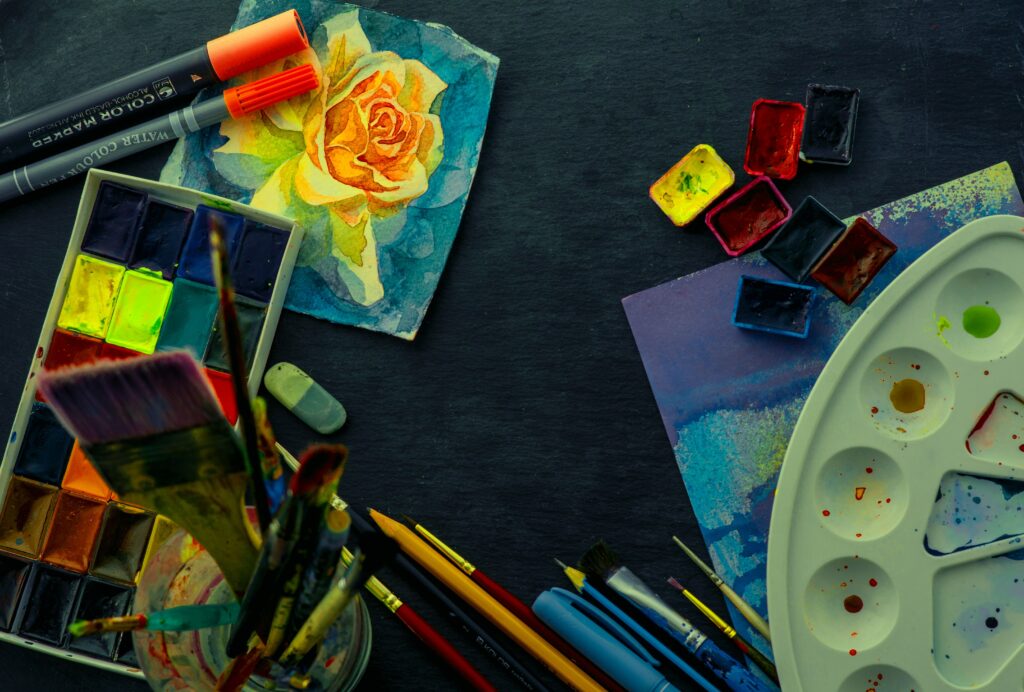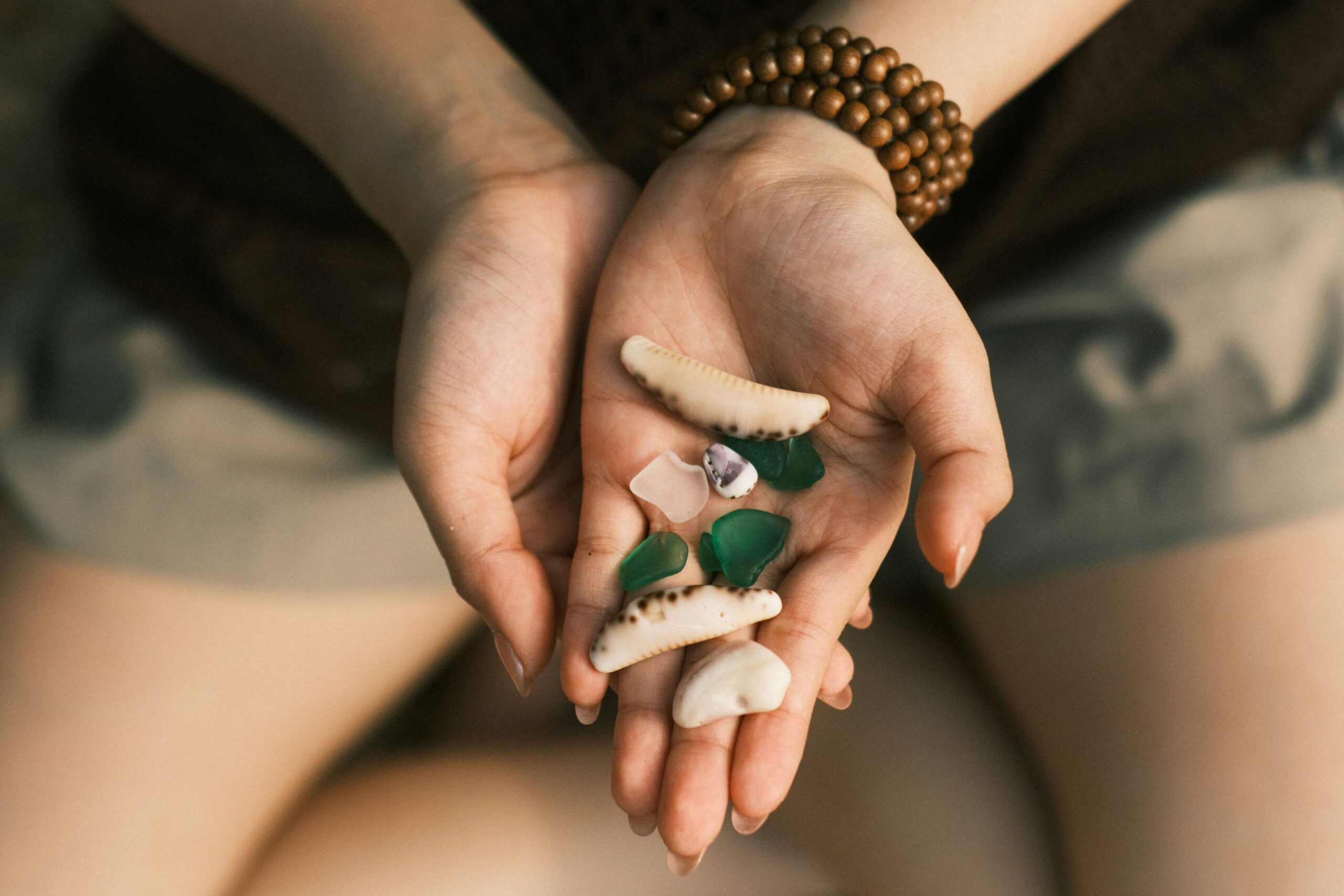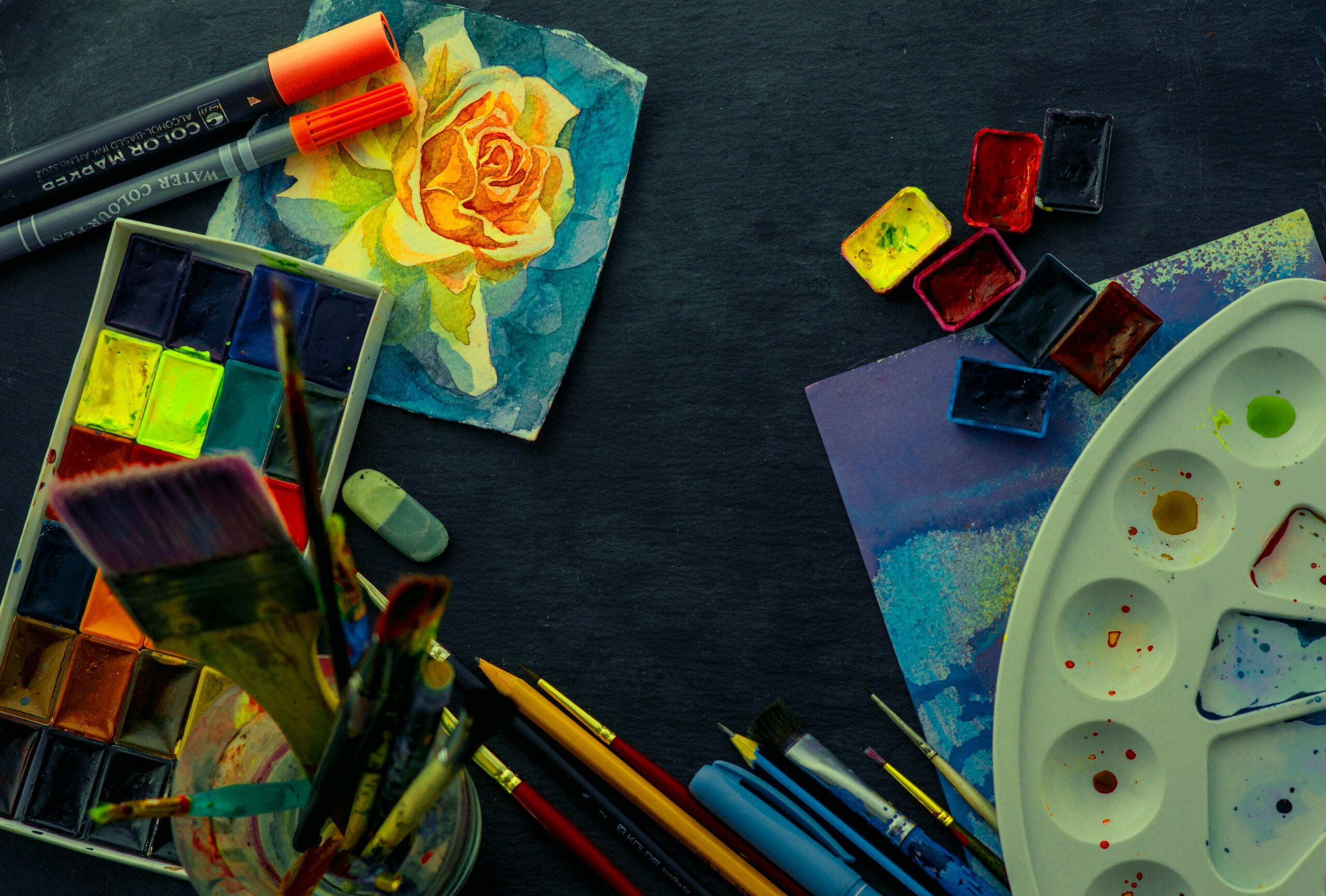Now Reading: How Art Therapy Helps Substance Abuse
-
01
How Art Therapy Helps Substance Abuse
How Art Therapy Helps Substance Abuse
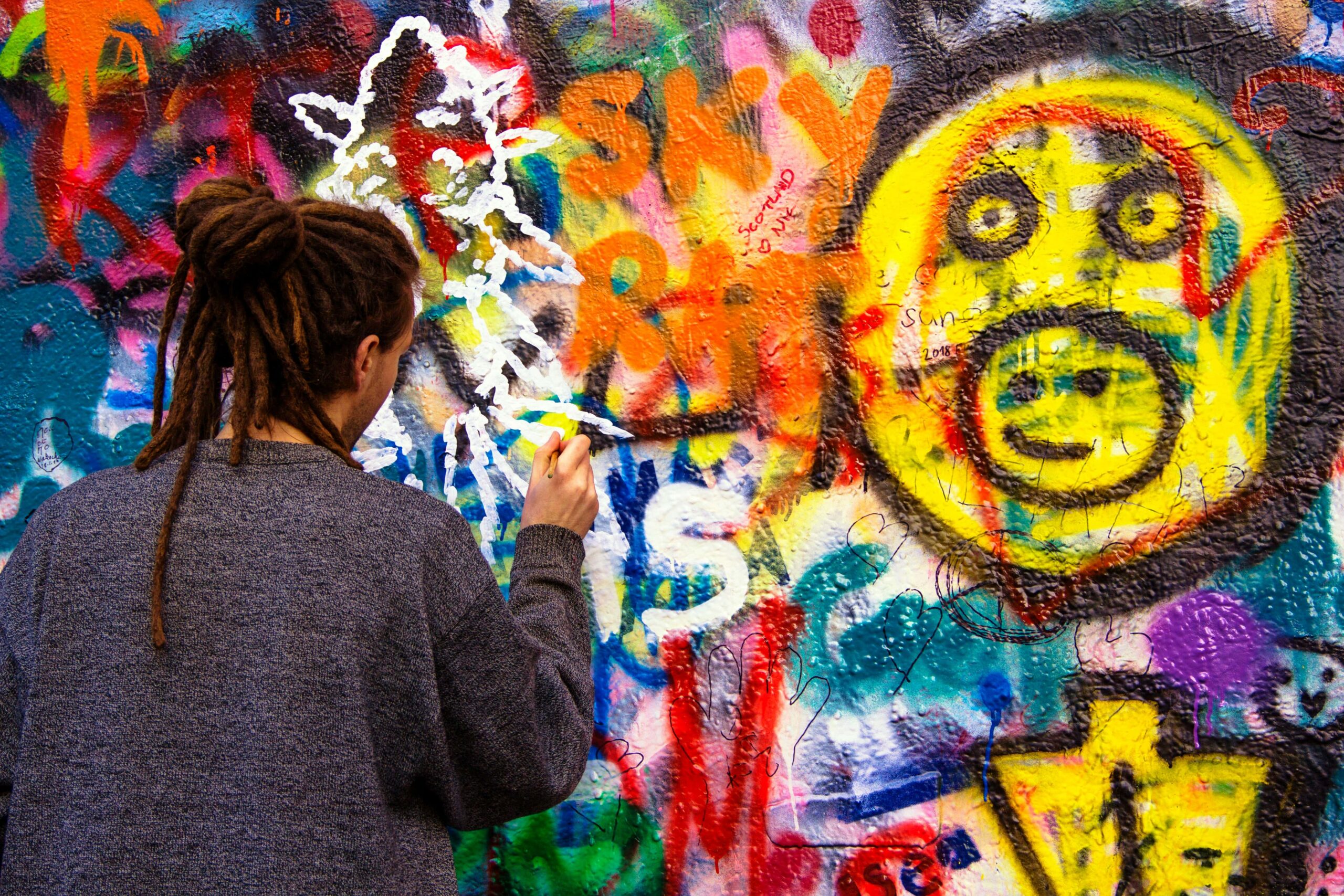
Discover how art therapy helps substance abuse recovery by reducing stress, boosting self-expression, and supporting emotional healing through creativity.
Introduction
Recovery from substance abuse is about more than just quitting drugs or alcohol. It’s about rebuilding a life—emotionally, physically, and spiritually. For many, traditional therapy works well. But some people struggle to express what they feel in words. That’s where art therapy comes in.
Creative expression provides a safe, nonverbal way to explore thoughts and emotions. In this article, we’ll explore how art therapy helps substance abuse recovery by reducing stress, encouraging self-expression, and supporting emotional healing.
What Is Art Therapy?
Art therapy is a type of psychotherapy that uses creative activities—like painting, drawing, sculpting, or collage—to help individuals express themselves and work through emotional challenges. It’s guided by a licensed art therapist who helps interpret themes and guide reflection.
The goal of art therapy isn’t to create something beautiful—it’s to create something meaningful. People in recovery use it to process trauma, express pain, and reconnect with parts of themselves that addiction pushed aside.
How Art Therapy Helps Substance Abuse Recovery
🎨 1. Encourages Emotional Expression
One of the hardest parts of substance abuse recovery is facing the emotions that addiction once numbed. People often feel guilt, shame, fear, or sadness—but don’t know how to express these feelings. Art therapy helps people explore and release their emotions in a safe and creative way.
Example: A person might paint an abstract image to reflect inner chaos or use colors to show grief or hope—things that are hard to say aloud.
💆 2. Reduces Stress and Anxiety
Creating art helps calm the nervous system. The act of drawing or painting can be meditative and grounding, helping people focus on the present moment instead of worrying about the past or future.
📊 A 2016 study published in Art Therapy: Journal of the American Art Therapy Association found that just 45 minutes of art-making significantly lowered cortisol levels (a key stress hormone) in participants, regardless of their artistic experience 1.
This reduction in stress is especially helpful during early recovery, when emotions often feel overwhelming.
🧠 3. Supports Mental Health
Many people who struggle with substance abuse also face co-occurring mental health disorders like depression, anxiety, or PTSD. Art therapy helps individuals manage symptoms by improving mood and enhancing emotional regulation.
By processing feelings through creative work, people develop insight into their triggers and learn healthier ways to cope.
🤝 4. Builds Self-Esteem and Identity
Addiction often shatters a person’s sense of identity. Recovery is a chance to rediscover who they are. Art therapy allows individuals to reconnect with their inner world, explore personal values, and rebuild a positive self-image.
Completing a piece of art—no matter how simple—can provide a sense of achievement and pride. These small victories can boost confidence and motivation to stay sober.
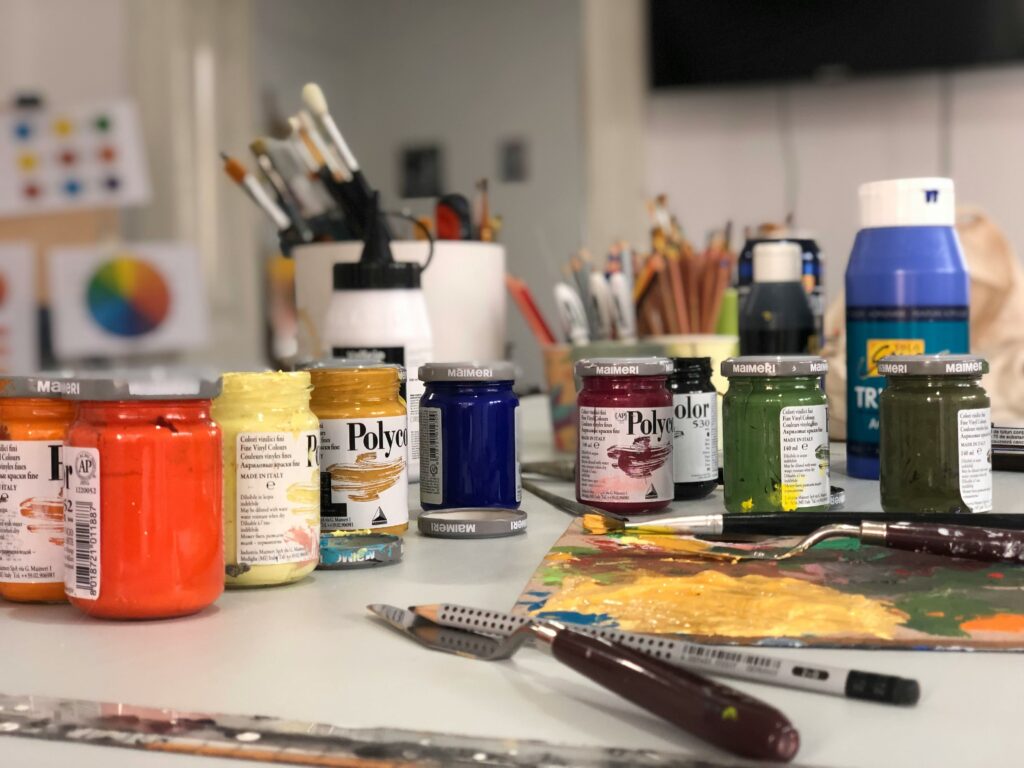
💬 5. Strengthens Communication Skills
Some people in recovery have difficulty opening up in group therapy or counseling sessions. Art provides another channel for communication.
In group art therapy, participants may share their artwork and the emotions behind it. This leads to deeper connections, empathy, and trust among peers. It also gives therapists valuable insights into a person’s internal experience.
Techniques Used in Art Therapy for Addiction Recovery
Art therapy sessions can be individual or group-based. Here are some common techniques used in substance abuse recovery programs:
| Technique | Purpose |
|---|---|
| Collage making | Helps visualize emotions and future goals |
| Mask making | Explores identity—what we show vs. what we hide |
| Mandala drawing | Encourages mindfulness and emotional balance |
| Visual journaling | Tracks thoughts, moods, and progress |
| Sculpting | Builds connection between physical and emotional |
Each technique allows individuals to explore their story, process trauma, and build resilience.
What the Research Says
There is growing scientific support for the use of art therapy in addiction treatment:
- A 2021 review published in The Arts in Psychotherapy concluded that art therapy helps reduce substance cravings, improve emotional processing, and support long-term recovery 2.
- A separate study in Frontiers in Psychology (2020) found that expressive therapies, including art therapy, improved emotional regulation and lowered relapse risk in individuals with substance use disorders 3.
These studies show how art therapy helps substance abuse by not only reducing symptoms but also strengthening the recovery process.
Real-Life Impact
Many recovery programs now offer art therapy as part of their treatment plans. Organizations like Hazelden Betty Ford Foundation, Phoenix House, and The Center for Addiction Treatment have reported that clients who engage in creative therapies often feel more empowered, understood, and emotionally balanced.
“Art therapy gave me a voice when I didn’t know how to speak. It helped me face my past without judgment and gave me hope.”
— Anonymous participant in a residential recovery program
Getting Started with Art Therapy
You don’t need to be an artist to benefit from art therapy. Here’s how to begin:
✅ 1. Work with a Licensed Art Therapist
Look for someone trained in both art and mental health. They’ll guide you safely through the emotional aspects of creative expression.
✅ 2. Try Simple Activities at Home
Start with sketching, journaling, or collage. Focus on how it makes you feel—not how it looks.
✅ 3. Use Prompts
If you’re stuck, try prompts like:
- “Draw what recovery means to you.”
- “Create a picture of your safe place.”
- “Use colors to show how you feel today.”
✅ 4. Reflect
After creating, ask yourself: What do I notice? What emotions came up? What did I learn?
Final Thoughts
Understanding how art therapy helps substance abuse recovery can transform the way we approach healing. It’s not just about staying sober—it’s about finding new ways to understand, express, and care for ourselves.
Art therapy offers a safe, nonjudgmental space to release pain, reduce stress, and rebuild identity. It meets people where they are—with a paintbrush instead of pressure, and with color instead of silence.
In recovery, every tool matters. And for many, art becomes not only a tool—but a path forward.
References
- Kaimal, G., Ray, K., & Muniz, J. (2016). Reduction of cortisol levels and participants’ responses following art making. Art Therapy: Journal of the American Art Therapy Association, 33(2), 74–80. ↩
- Van Lith, T. (2021). Art therapy in substance use recovery: A systematic review. The Arts in Psychotherapy, 75, 101837. ↩
- Haeyen, S., et al. (2020). Effectiveness of art therapy in emotional regulation during addiction treatment. Frontiers in Psychology, 11, 2275. ↩

Hi, I’m Brittany Larsen, a passionate blogger and content creator dedicated to writing meaningful and engaging articles. I specialize in topics like mental health, wellness, and personal development, aiming to inspire and empower my readers through relatable stories and practical advice.












